Android XR Gets A Huge Vote Of Confidence With Upcoming Smart Glasses From Xreal
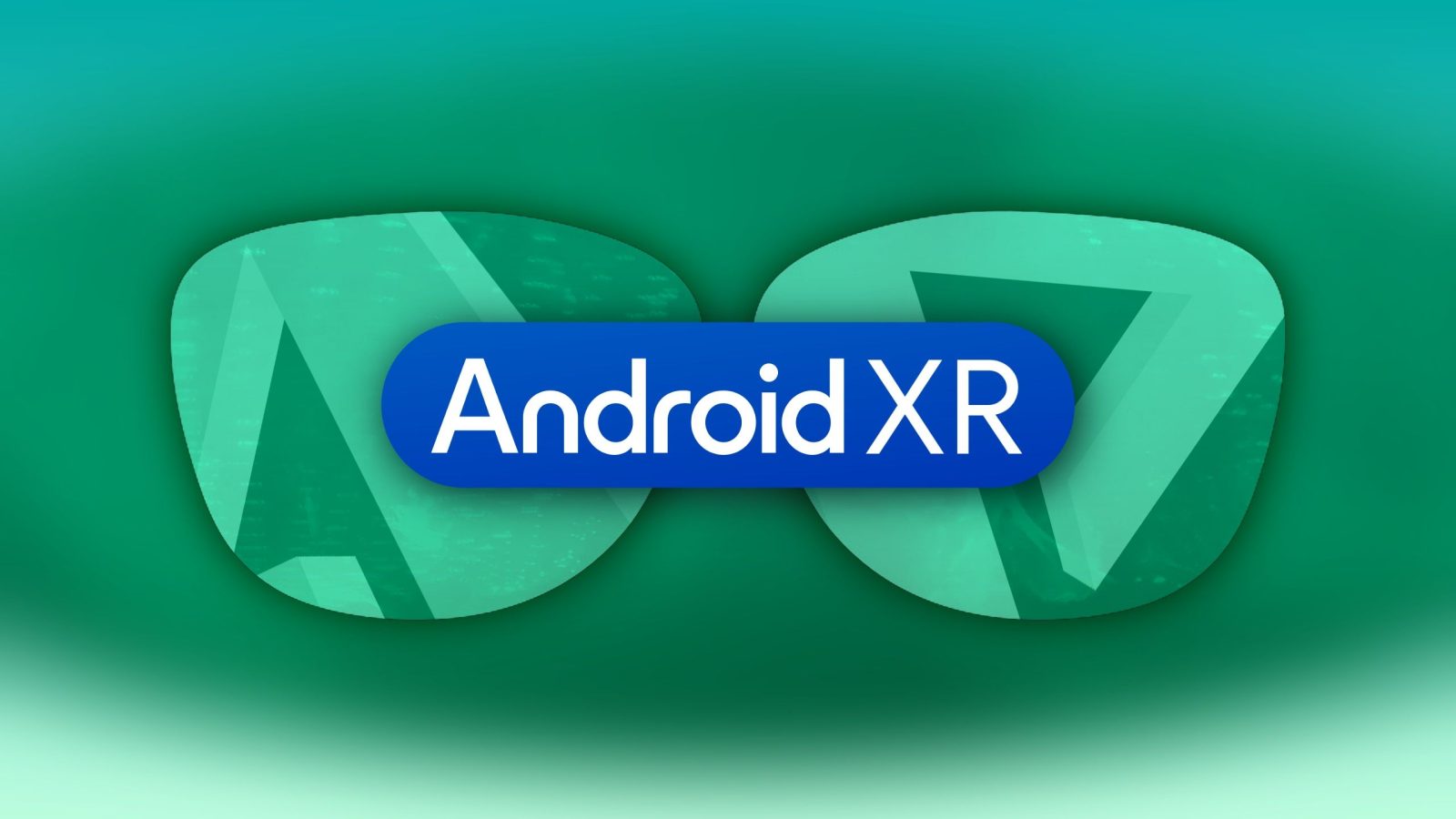
Summary
- Xreal’s Project Aura showcases confidence in Google’s Android XR platform through smart glasses for mixed reality.
- Project Aura differs from Google’s own AR glasses with OST lenses and Qualcomm Snapdragon XR chips for optimal performance.
- Xreal’s hardware aims for 6DoF viewing with three cameras, contrasting with Google’s potentially limited 3DoF capabilities.
Google’s annual developer conference is usually a mix of everything AI and Android-related the company is working on. This year, though, the Android developments were unveiled a week early, clearing the I/O stage for AI and the brand’s latest foray into mixed reality, Android XR. On the event’s opening day, we got our first look at the future of smart glasses, but Google is going the Wear OS route this time, offering the stage to official hardware partners like Xreal’s Project Aura built around Android XR.

Related
We don’t blame you if Gemini seems more relatable than the search titan’s mixed reality adventures, especially considering the disappointment that Google Glass was. That said, Xreal’s Project Aura is a representation of the confidence third parties have in Google’s renewed attempt. Not to be conflated with Google’s own Project Astra, which brings Gemini to augmented reality experiences, or its modular smartphone concept called Project Ara, Xreal’s Aura is a new platform shown off at I/O, and the second one to boot Android XR after Samsung’s Moohan headset (which also carries the Project tag we’re getting tired of).
Although Xreal currently champions the mixed reality space with an assortment of smart glasses, the name alone indicates Project Aura is currently a proof of what the brand’s hardware platform for Android XR looks like, and isn’t a finished or market-ready product you can pre-order. It is meant to incentivize app developers and other engineers to create unique applications for the OS, which would work on Aura by association since Xreal is officially an XR hardware partner. While Xreal unveiled Aura today, more details shall follow at the Augmented World Expo (AWE) next month.
A few details seem evident
Expect OST with three cameras

Source: Xreal
Details about the technical specifications of Xreal’s Aura remain shrouded in mystery for now, but a few things seem evident, setting this hardware apart from Google’s own AR glasses. Xreal confirms these glasses will feature optical see-through (OST) lenses, so the wearer can look at the real world directly, without the latency associated with a video passthrough, otherwise known as virtual see-through (VST). It’s worth noting this is a platform-level choice since Hugo Swart, Senior Director of XR ecosystem at Google, confirmed that the Android XR operating system supports both OST and VST.
Moreover, Xreal confirmed that besides Google software, Project Aura is supported by Qualcomm’s range of Snapdragon XR chips optimized for spatial computing. This should help Aura handle three cameras for proper six degrees of freedom (6DoF) viewing comfortably, unlike Google’s version with two cameras that would limit it to three degrees of freedom (3DoF), much like the older Xreal One smart glasses.
3DoF hardware can monitor basic head movements like roll, pitch, and yaw while 6DoF adds another three degrees of motion in lateral movement of the projection in space above/below, left/right, and farther/closer from the viewer. If the renders accompanying Aura’s unveiling aren’t proof enough, Xreal also launched the Eye standalone camera module recently, which promises to unlock 6DoF on the Xreal One. It would be unlikely the brand will let an older model with an accessory outshine its latest creation.
That said, we must reserve further speculation until more details, and hopefully a launch timeline, emerge at the Augmented World Expo in June.
What’s your reaction?
Love0
Sad0
Happy0
Sleepy0
Angry0
Dead0
Wink0
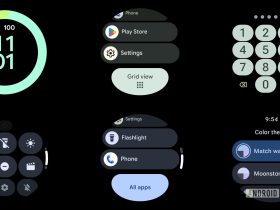


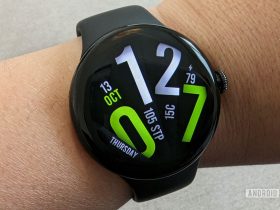

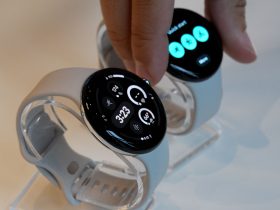
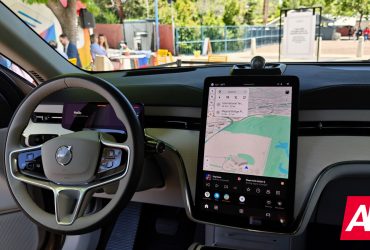



Leave a Reply
View Comments